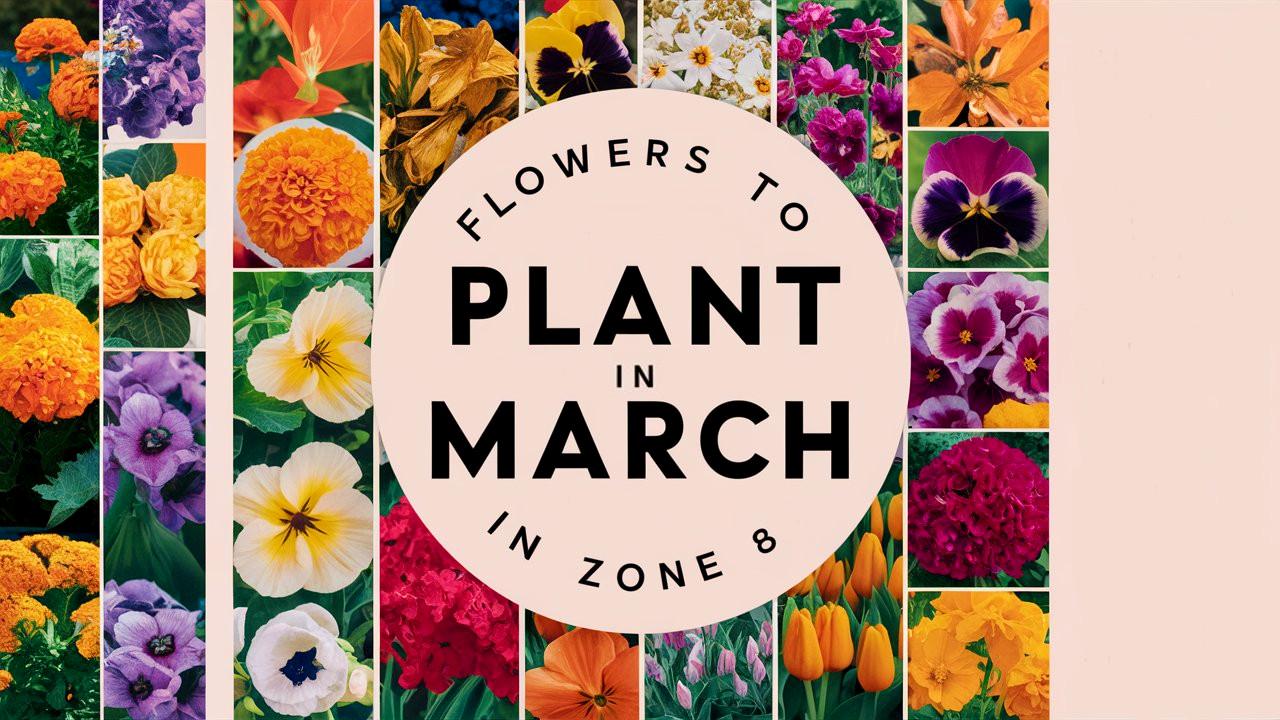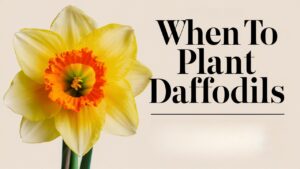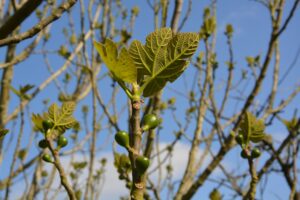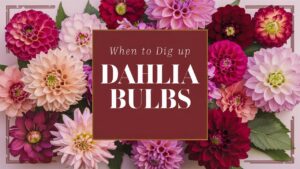March marks a pivotal time for gardeners in Zone 8, as winter gives way to spring. The soil is warming, and the chance of frost diminishes, creating ideal conditions for planting. Zone 8, characterized by mild winters and warm summers, allows for a diverse range of flowers to thrive.
In this guide, we will explore both perennial and annual plants that not only beautify your garden but also contribute to its biodiversity. Each section provides detailed insights, care tips, and fascinating facts to help you make informed choices for your gardening endeavors.
Best Perennial Plants for Growing in Zone 8
Perennials are excellent investments for any garden, as they return year after year, providing lasting color and structure. Here’s an expanded look at some of the best perennial plants to plant in March in Zone 8.
Hellebores (Helleborus ‘Ivory Prince’)
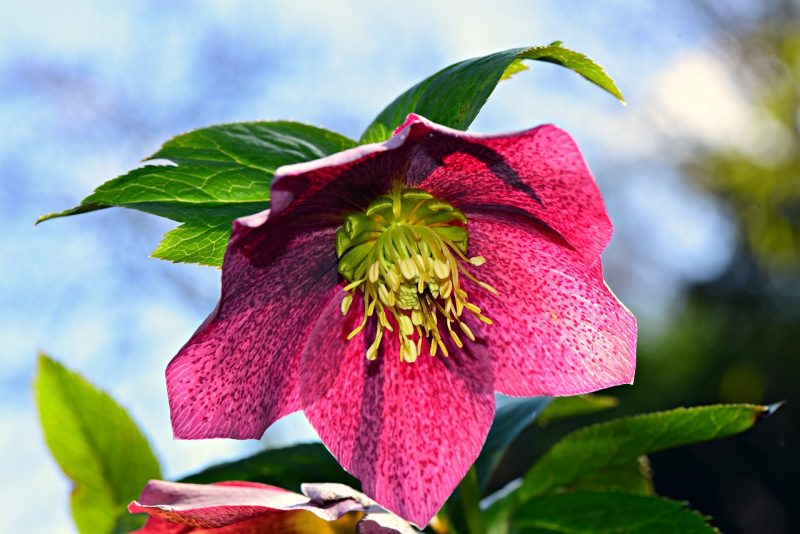
Hellebores are a favored choice for their early bloom time, often starting in late winter or early spring. ‘Ivory Prince’ is particularly renowned for its elegant, creamy flowers that gradually transition to a subtle green with age, creating a stunning visual display in shaded woodland gardens. They thrive in rich, well-drained soil but are quite adaptable to a variety of soil types as long as excess moisture is avoided.
Hellebores prefer partial to full shade, making them perfect for gardens that may not receive ample sunlight. After planting, they require minimal fertility, but a layer of mulch can help conserve moisture and suppress weeds. Regular removal of dead foliage in late winter can promote healthy growth in the spring, and with patience, these perennials will reward you with beautiful blooms for many years.
Scilla
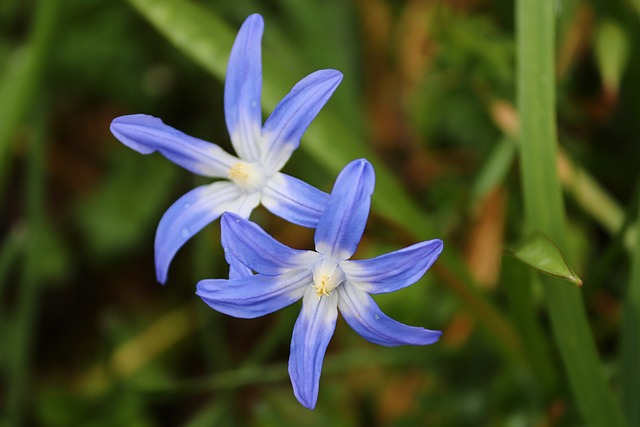
From the genus Scilla, this hardy bulbous perennial offers a burst of color in spring, with blossoms typically opening in March. Scilla blooms in various shades, including deep blue, light blue, purple, and white, often dotting the landscape in charming clusters. These bulbs prefer well-drained soil and can thrive under trees or in partial shade, making them perfect for naturalizing in woodland gardens or along pathways.
For planting, ensure you place the bulbs at a depth of approximately 3-4 inches, allowing room for their leaves to flourish above the ground. After flowering, it’s advisable to let the foliage die back naturally, as this nourishes the bulbs for next year’s bloom. Scilla is low-maintenance and will multiply over time if given the right conditions.
Lady’s Slipper Orchid (Cypripedium)
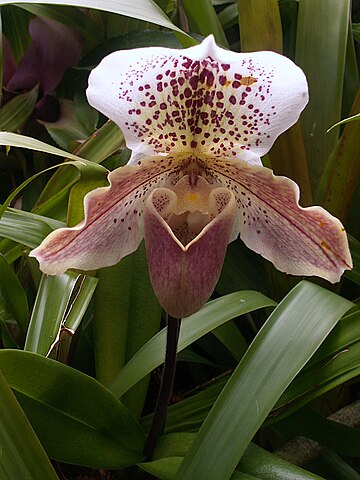
These enchanting orchids are among the most sought-after flowering plants due to their unique slipper-shaped blooms that emerge in the spring. The Lady’s Slipper Orchid is a native plant in many areas, and planting them supports local ecosystems. They thrive in shady areas with moist, humus-rich soil. Ensure you emulate their native habitat—consider planting them under deciduous trees where they’ll receive filtered sunlight.
One challenge when cultivating Lady’s Slipper Orchids is that they respond favorably to well-draining, yet consistently moist soil. Their slow growth can be frustrating, but creating the right environment with a mulch layer that maintains humidity and coolness is key. Once established, these beauties can live for decades and attract pollinators like bees, ensuring a lively garden environment.
Clematis
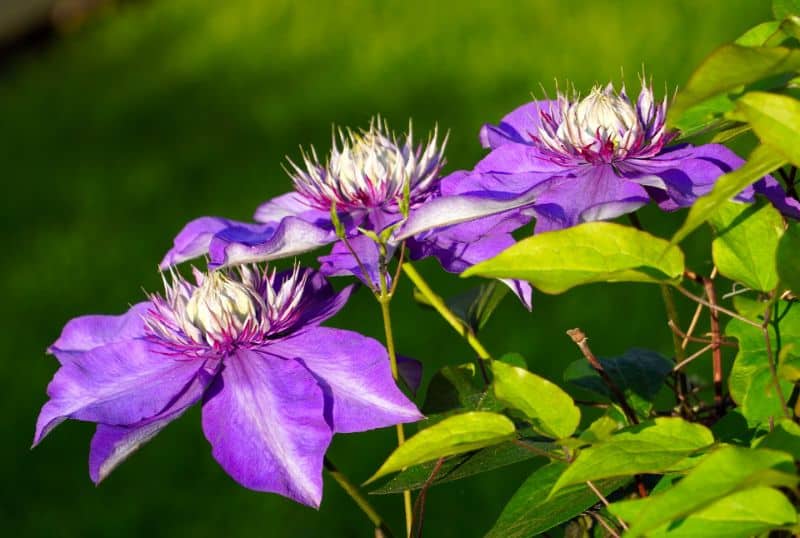
Clematis is an incredibly varied plant with species that provide an array of colors, sizes, and blooming seasons. Some varieties bloom in spring, while others flourish in summer and fall. This versatility allows for continuous flowering throughout the growing season if different varieties are planted. They thrive in full sun but appreciate the base of their stems in cooler, shaded areas to retain moisture.
When planting Clematis, incorporate organic matter into the soil to improve fertility and drainage. Mulching around the roots helps retain moisture and keeps the soil temperature consistent. Regular pruning, depending on the type of clematis, will encourage a lush growth habit and vigorous blooms. With a little training on trellises or fences, these climbing plants can create stunning vertical displays.
Gold and Silver Chrysanthemum (Ajania pacifica)
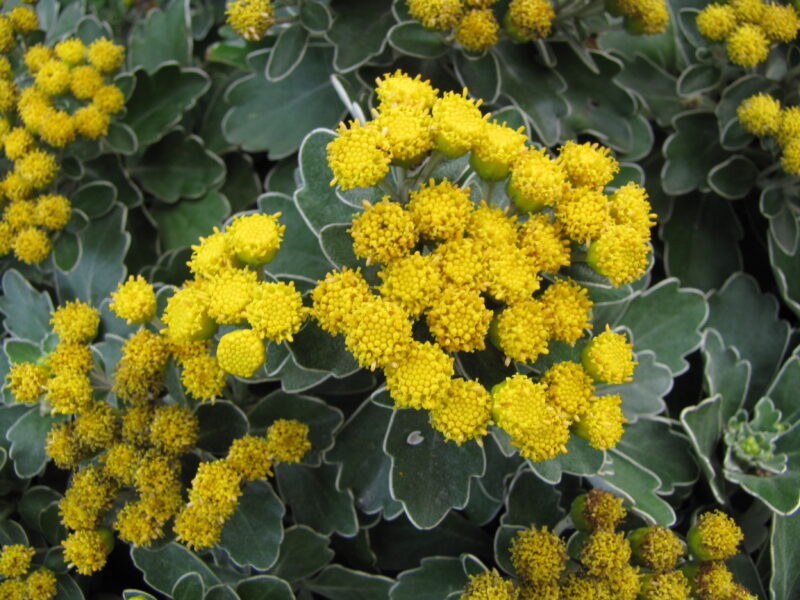
Known for its cheerful yellow flowers and attractive foliage, the Gold and Silver Chrysanthemum is a true garden gem. Its fern-like leaves provide unique texture and color contrast, while its blooms add a vibrant pop to the landscape. Plant them in well-drained, nutrient-rich soil and place them where they will get full sunshine.
Being quite resilient, these plants require minimal care once established. Regular deadheading of spent flowers will encourage continuous blooming throughout the summer and fall. They are also capable of tolerating some drought once rooted and provide a lovely ground cover that suppresses weeds effectively.
Red Hot Poker (Kniphofia)
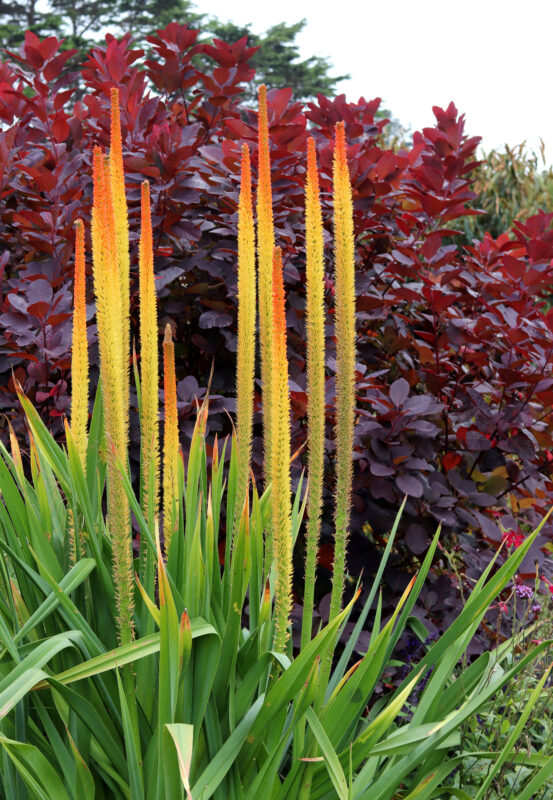
The Red Hot Poker plant, with its striking flower spikes resembling torches, creates bold focal points in borders and gardens. These perennials thrive in sunny spots with well-drained soil. Kniphofia is excellent for drought-tolerant gardens, as it can withstand dry spells once established, making them a great choice for beginners.
In addition to their aesthetic appeal, Red Hot Poker plants attract hummingbirds and other pollinators. For optimum growth, consider dividing these plants every few years to prevent overcrowding. With their vibrant, tubular flowers appearing in summer, they’ll provide continuous beauty and interest in your garden.
Golden Marguerite (Anthemis tinctoria)
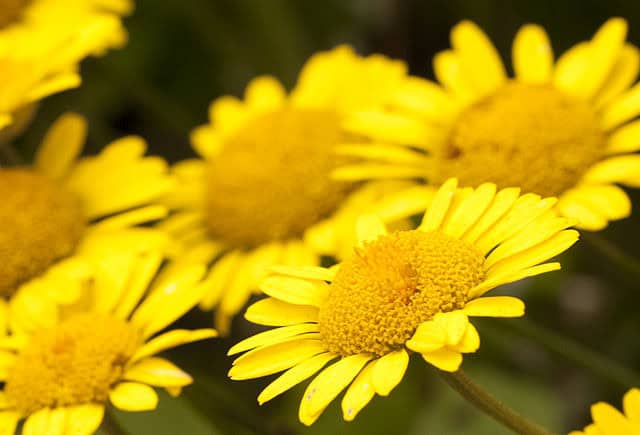
Golden Marguerite, often referred to as the sunshine flower, features bright yellow blooms that are a delight in any garden. These drought-tolerant plants prefer sunny locations and will perform beautifully even in poor soil conditions. Plant them in masses for a dazzling display, as they can significantly lighten and brighten gardens.
This perennial is also known for its ability to thrive with minimal maintenance. Deadheading spent blooms will promote prolonged flowering and keep the plant looking tidy. Golden Marguerite is also attractive to bees and butterflies, making it a great choice for enhancing wildlife in your garden.
Elephant Ears
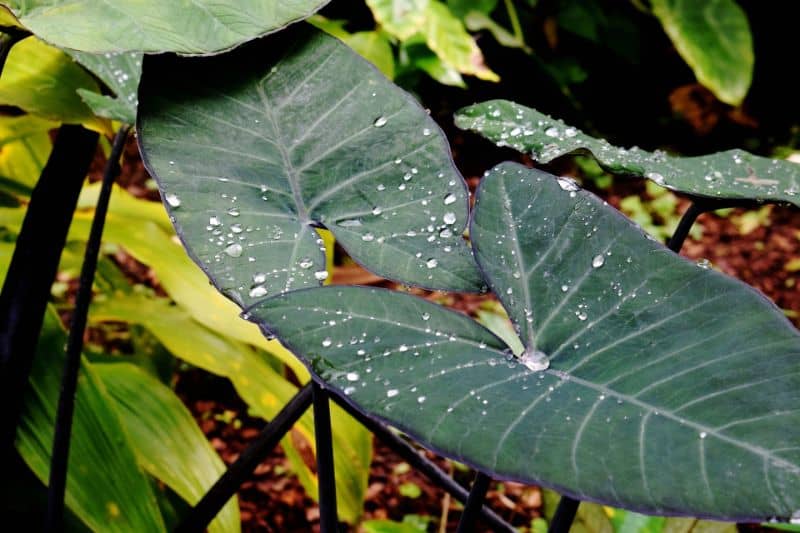
Elephant Ears are distinguished by their massive, heart-shaped leaves that can add a tropical flair to your garden. Both Colocasia and Alocasia varieties are popular for their dramatic foliage. While they produce flowers, the showy leaves are the primary attraction. They thrive in rich, moist soil and areas with filtered sun to full shade.
To grow Elephant Ears successfully, plant them in areas that can retain moisture and provide organic material to promote healthy growth. While they may take a bit longer to establish, their growth during the summer can be quite rapid, providing an eye-catching display in any garden.
Dwarf Lady’s Mantle (Alchemilla erythropoda)
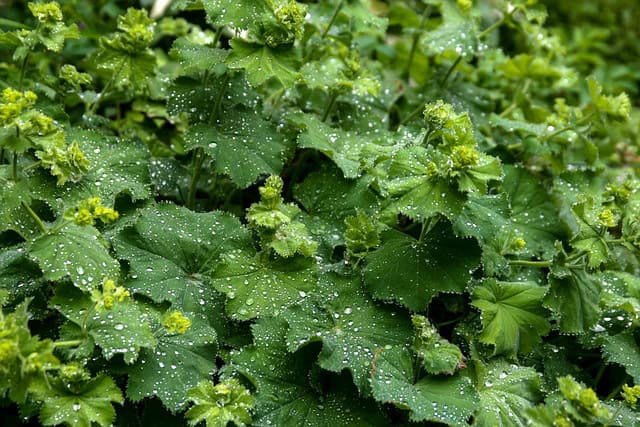
Dwarf Lady’s Mantle is a lovely ground cover plant with soft, rounded leaves accented by small, delicate yellow flowers. Known for their ornamental foliage, they thrive in rich, well-drained soil and enjoy partial to full shade. Dwarf Lady’s Mantle is fantastic for filling gaps in shaded borders or as an underplanting for taller plants.
This perennial is also relatively easy to care for; it requires minimal watering once established. Its fuzzy leaves can collect dew, creating a lovely visual effect. Additionally, it attracts beneficial insects, further enriching your garden’s ecosystem.
Coral Bells
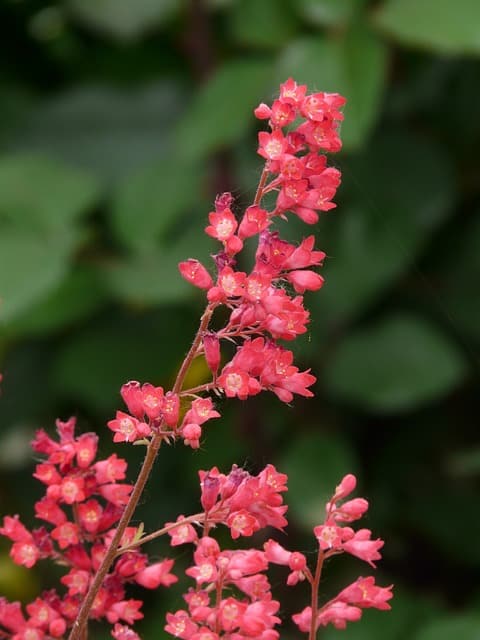
Coral Bells (Heuchera) are famed for their stunning foliage, which comes in a variety of shades—from deep purple and silver to bright green. They are perfect for adding color and texture to the garden, especially in shaded areas. While the flower spikes they produce can be quite lovely, the leaves are often the main attraction.
These perennials prefer well-drained soil and benefit from being protected from harsh afternoon sun. Regular watering during dry periods will help maintain vibrant foliage. With proper care, Coral Bells can grow and spread widely, creating a colorful tapestry that enhances the landscape throughout the growing season.
Bear’s Breech (Acanthus mollis)
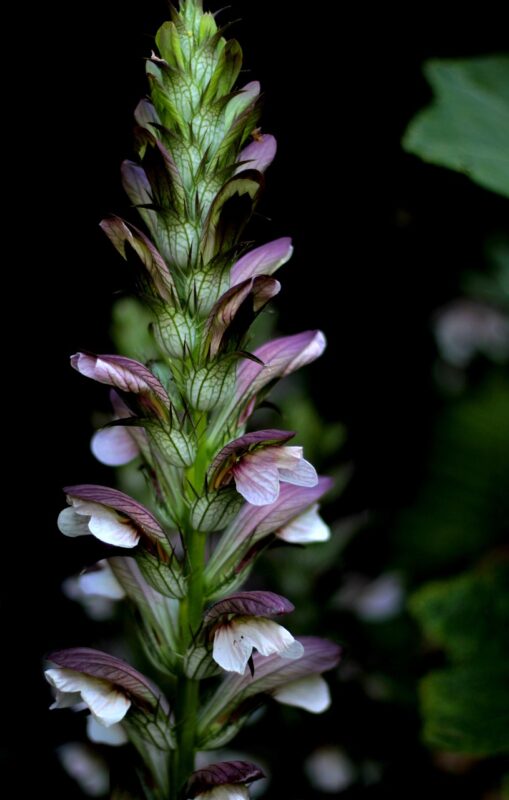
Bear’s Breech presents a strong architectural element in garden designs with its upright growth and dramatic flower spikes. This perennial prefers a partially shaded area with moist, well-draining soil. Its large, glossy leaves can create a lush backdrop for other plants and provide textural contrast.
While Bear’s Breech is relatively low-maintenance, it can spread vigorous, so consider controlling its growth through regular division. The summer blooms attract bees and hummingbirds, contributing to the garden’s activity. Ideal for more expansive gardens, this plant will become a distinctive feature for years to come.
Best Annual Plants for Growing in Zone 8
In addition to perennials, annuals play an essential role in creating vibrant gardens that evolve throughout the season. Here’s an expanded guide to some notable annual plants that thrive in Zone 8 when planted in March.
English Daisy (Bellis perennis)
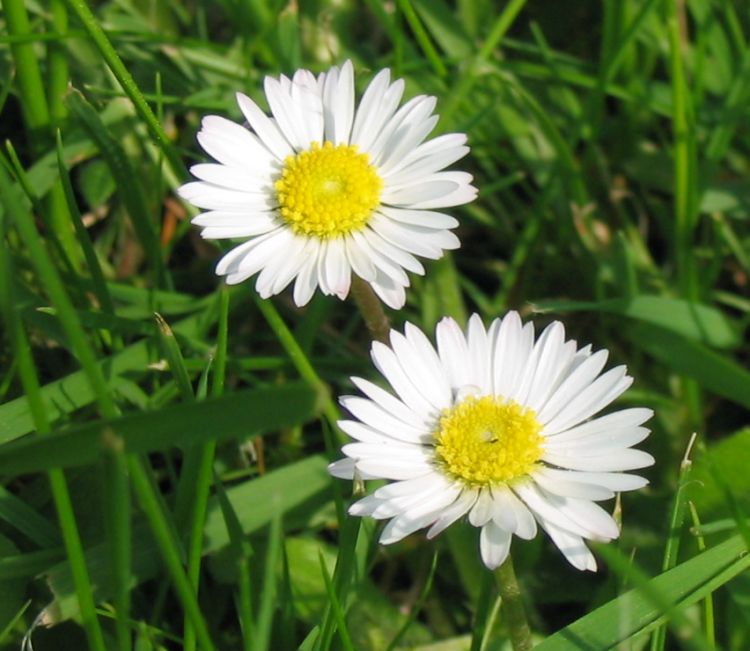
The English Daisy is perfect for adding a whimsical touch to borders or containers, featuring classic white, pink, or red blooms. This hardy annual flourishes in sunny locations but can tolerate partial shade as well. It is both versatile and durable, making it an ideal choice for beginners looking to fill their gardens with cheerful colors that spread rapidly.
Planting English Daisies requires full sun and well-drained soil; they thrive with regular watering but can tolerate short dry spells once established. Consider planting them in groups for a stunning display that accentuates their charm. Deadheading will promote continued blooming by preventing the plant from going to seed too early.
Love-Lies-Bleeding (Amaranthus caudatus)
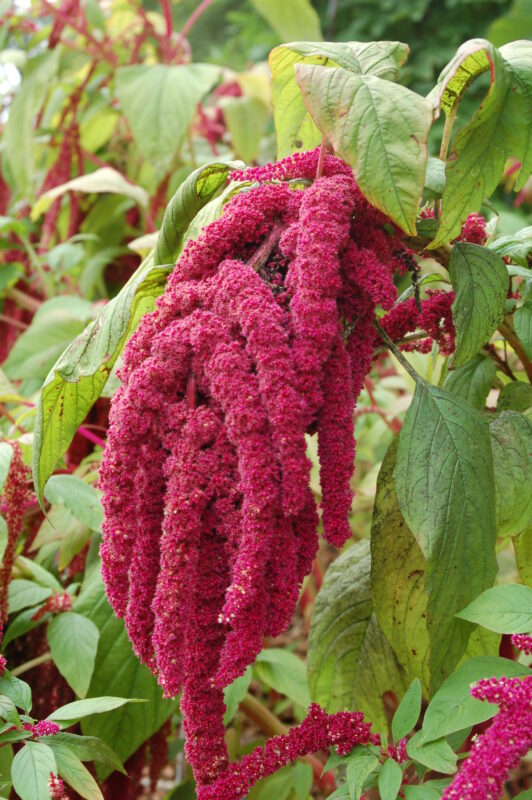
This striking annual is notable for its cascading flower clusters that can vary from rich red to vibrant magenta. Love-Lies-Bleeding plants add drama and visual interest to any garden and flourish in full sun and poor soil conditions. They are particularly sturdy plants, making them ideal for gardeners looking for low-maintenance yet impactful options.
The seeds of Love-Lies-Bleeding are edible and can be harvested for grain use, creating a unique dual-purpose option. These annuals grow tall and require staking or support if planted in flourish arrangements. Their ability to self-seed means that, if left alone, they may return in subsequent years, further enhancing your garden.
Mexican Prickly Poppy (Argemone mexicana)
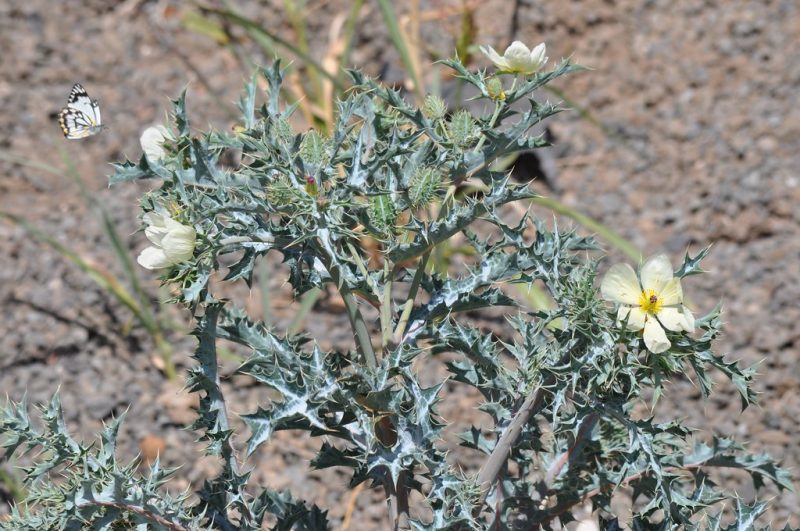
This colorful annual produces striking yellow blooms with unique cactus-like leaves, perfect for adding architectural interest to gardens. The Mexican Prickly Poppy thrives in well-drained, poor soil, requiring minimal care once established. This distinctively textured plant is drought-resistant and tolerant of extreme heat, making it ideal for gardens in Zone 8.
Though it may deter some pests, the Mexican Prickly Poppy attracts bees and butterflies, adding to the pollinator-friendly aspect of your garden. Its eye-catching flowers and resilience in challenging conditions make it a unique addition to any planting scheme.
Scarlet Pimpernel (Anagallis arvensis)
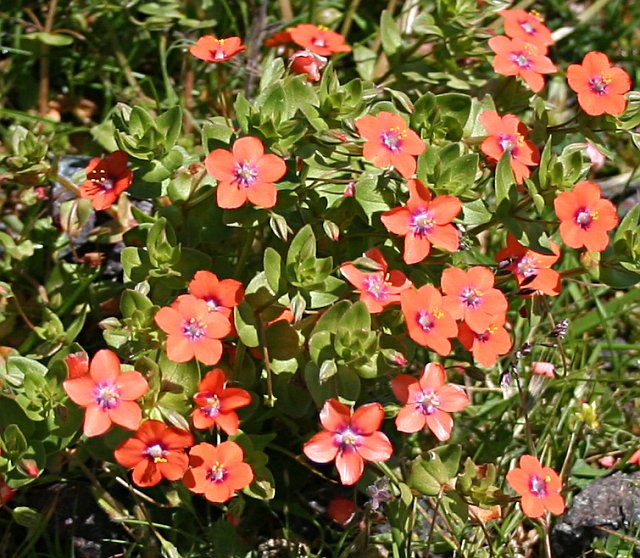
The Scarlet Pimpernel is an attractive, low-growing annual known for its vibrant red and orange flowers. This plant thrives in full sun and well-drained soil, creating a striking display when planted in borders or as ground cover. Its compact nature makes it an ideal choice for containers as well.
Easy to grow from seed, it’s an excellent option for beginning gardeners or for filling gaps in existing flower beds. After flowering, allow it to self-seed for effortless re-growth, adding color to your garden for years to come.
Zinnia
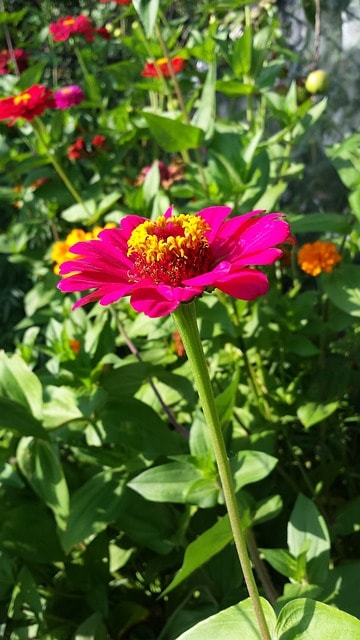
Zinnias are favored worldwide for their bright, bold colors and ability to bloom continuously throughout the summer until frost. They thrive in sunny locations and can tolerate drought once established, making them easy for beginners to manage. Available in various flower shapes and sizes, Zinnias create a dynamic visual impact in gardens.
For best results, sow seeds in rich, well-draining soil. Regular deadheading encourages new blooms, and as cut flowers, Zinnias are perfect for arrangements. They also attract butterflies, bringing liveliness to your garden space.
Summer Savory (Satureja hortensis)
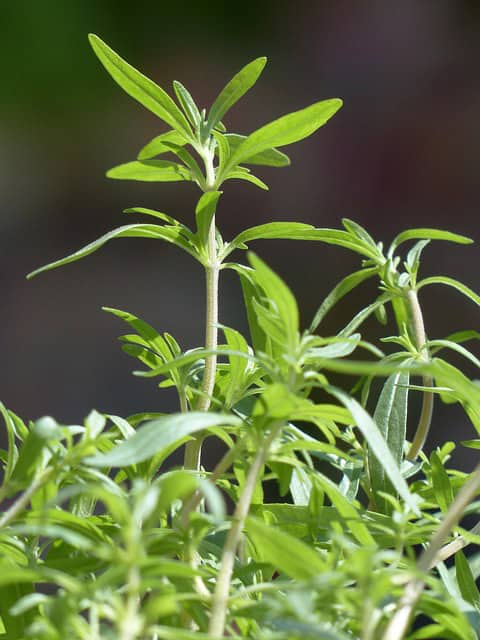
Summer Savory is another culinary herb that boasts decorative purple flowers. This annual thrives in sunny conditions and well-drained soil, making it a practical choice for kitchen gardens. It adds flavor to various dishes and attracts beneficial insects like pollinators, aiding overall garden health.
As this plant grows, consider pruning to promote bushier growth and to ensure the plant does not become leggy. Summer Savory is drought-tolerant once established; its versatility in both culinary and ornamental uses makes it a valuable addition to any garden.
Nasturtium (Tropaeolum majus)
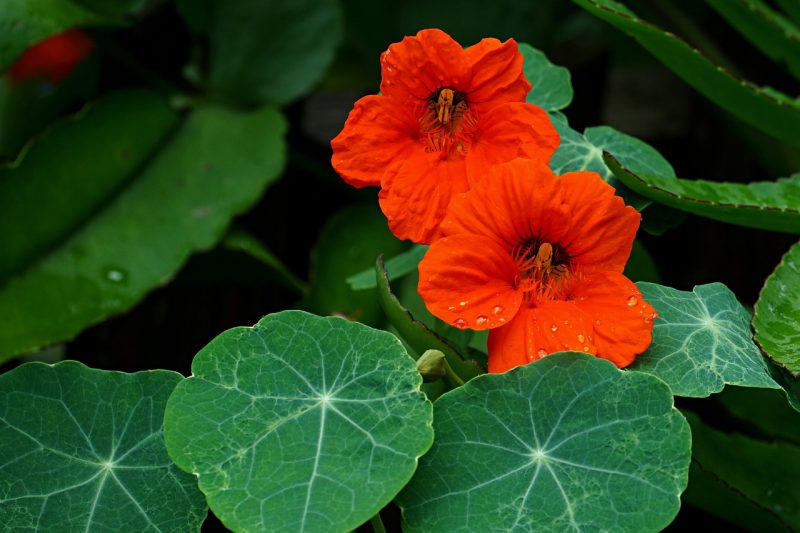
Nasturtiums are not just visually appealing but also edible! Their vibrant flowers and unique circular leaves add exciting splashes of color to any garden. These annuals thrive in sunny or partially shaded areas and prefer poor soil conditions, which makes them perfect for beginners.
Nasturtiums attract beneficial insects such as ladybugs and bees, enhancing the overall health of your garden’s ecosystem. With minimal maintenance, they can spill beautifully over containers or hanging baskets, adding visual interest and color all summer long.
Common Sunflower (Helianthus annuus)
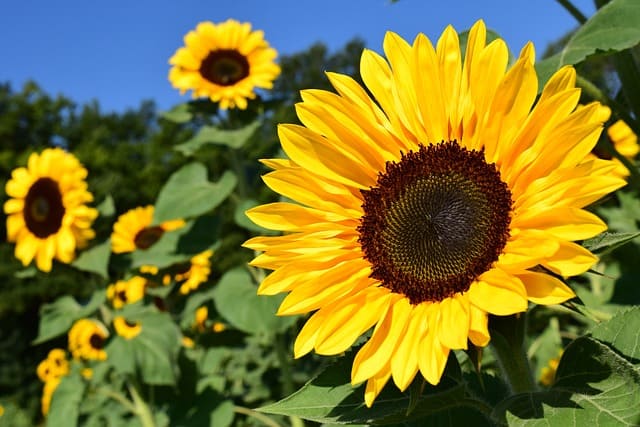
A beloved symbol of summer, sunflowers bring bright cheer and height to gardens. They thrive in full sun and are particularly easy to grow from seed. With varieties ranging from dwarf to towering giants, they can fit a variety of garden styles. Their cheerful yellow blooms provide not only aesthetic appeal but also attract pollinators to your garden.
Sunflowers can serve as natural screens or privacy barriers when planted in a row, while their seeds are excellent for attracting a variety of wildlife. After blooming, allow the seed heads to dry, and enjoy the delightful show of birds feasting on the seeds.
Field Pansy (Viola bicolor)
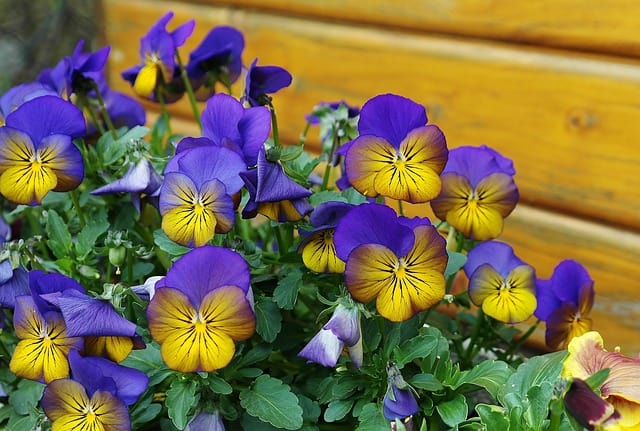
Field Pansy is a lovely, low-growing annual that brings charming splashes of purple and yellow to spring gardens. This resilient plant flourishes in borders and is suitable for container gardening. They thrive in rich, well-drained soil and require full sun to partial shade.
Planting field pansy will provide an early bloom, ideally suited alongside other spring flowers. Their ability to self-seed will ensure you’ll have repeated blooms, and they are also attractive to pollinators, enhancing your garden’s biodiversity.
Common Madia (Madia elegans)
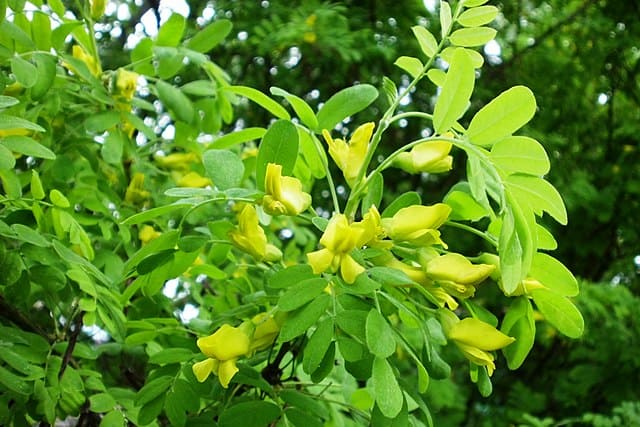
Common Madia is a native wildflower that is an eye-catcher, showcasing a burst of yellow flowers throughout the growing season. These annuals thrive in sunny spots and adaptable soil types, making them easy to grow for beginners. Their resilience and ability to withstand harsher conditions make them perfect for garden borders or wildflower areas.
Furthermore, planting Common Madia contributes to local ecosystems by attracting pollinators and providing habitat for other wildlife. Their bright blooms will cheerfully dot the landscape, providing beauty and encouraging biodiversity.
Meadowfoam (Limanthes douglasii)
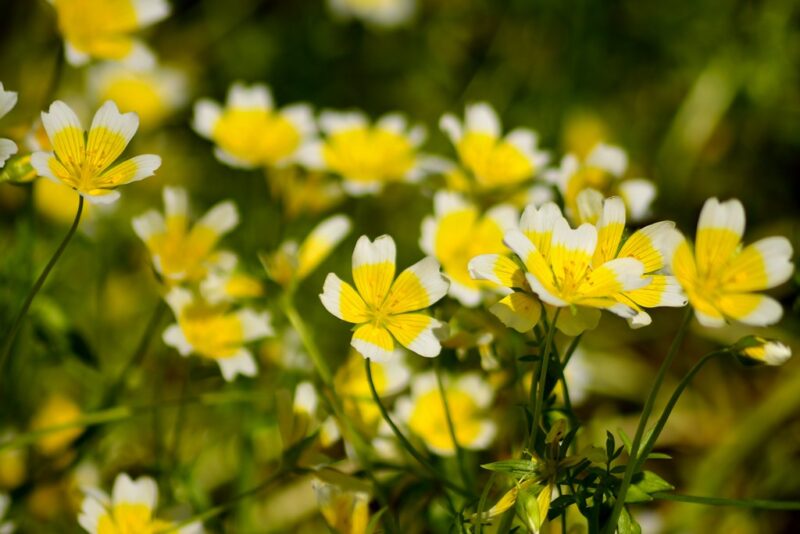
Meadowfoam is an annual wildflower that features dainty white, yellow-stained flowers with a delightful fragrance. This hardy plant thrives in wet soil and is best suited for gardens that may experience periodic waterlogging. They flourish in full sun and create a wonderfully lush display.
Meadowfoam is not only visually pleasing but also attracts pollinators, enhancing your garden’s vibrancy. As a native wildflower, it can help contribute to a balanced ecosystem in the landscape while providing a striking, aromatic element to your spring garden.
Conclusion
As March approaches, gardening in Zone 8 becomes an exciting opportunity to transform your outdoor space with an array of colorful flowers. By choosing a mix of perennials for lasting structure and annuals for vibrant seasonal bursts, you can design a dynamic garden that reflects your personal style while supporting local wildlife.


